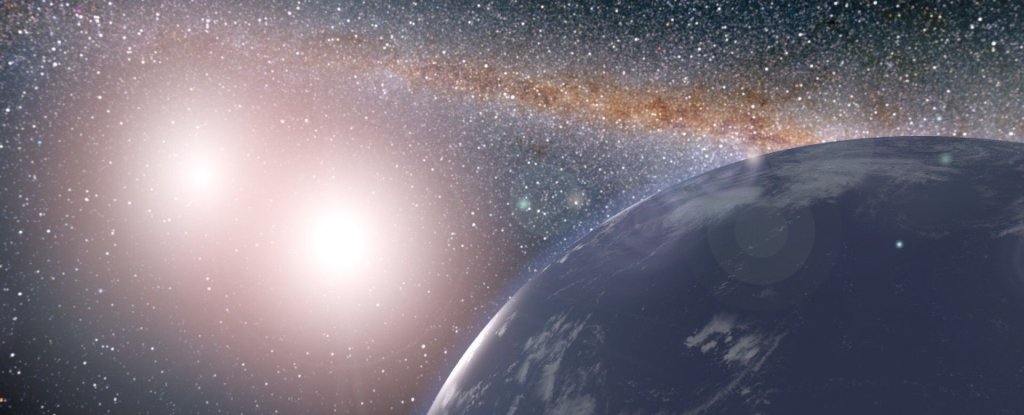
May 11, 2021
56 secs
A few years ago, astrophysicist Siegfried Eggl, now of the University of Illinois Urbana-Champaign and the University of Washington, devised an analytical framework for determining the habitable zones for binary stars, given these additional complications."We used data collected by the Kepler spacecraft such as the mass of the stars, how bright the stars are, the location of a giant planet, and other parameters to create a methodology to identify systems with two suns that can host habitable Earth-like planets," Eggl explained.
Kepler-16 and Kepler-1647 host giant planets too badly positioned to make for a stable habitable zone - a region where exoplanets are not so close to the star that surface water evaporates, and not so far that it totally freezes.
In both systems, the giant planet makes the entire habitable zone dynamically unstable.
"Once we confirm that a potentially habitable planet is on a stable orbit, we can proceed to investigate how much radiation it receives from the two stars over time.We know, thanks to the retired exoplanet-hunting telescope Kepler, that exoplanets can actually form in binary star systems, even with the added gravitational perturbations.